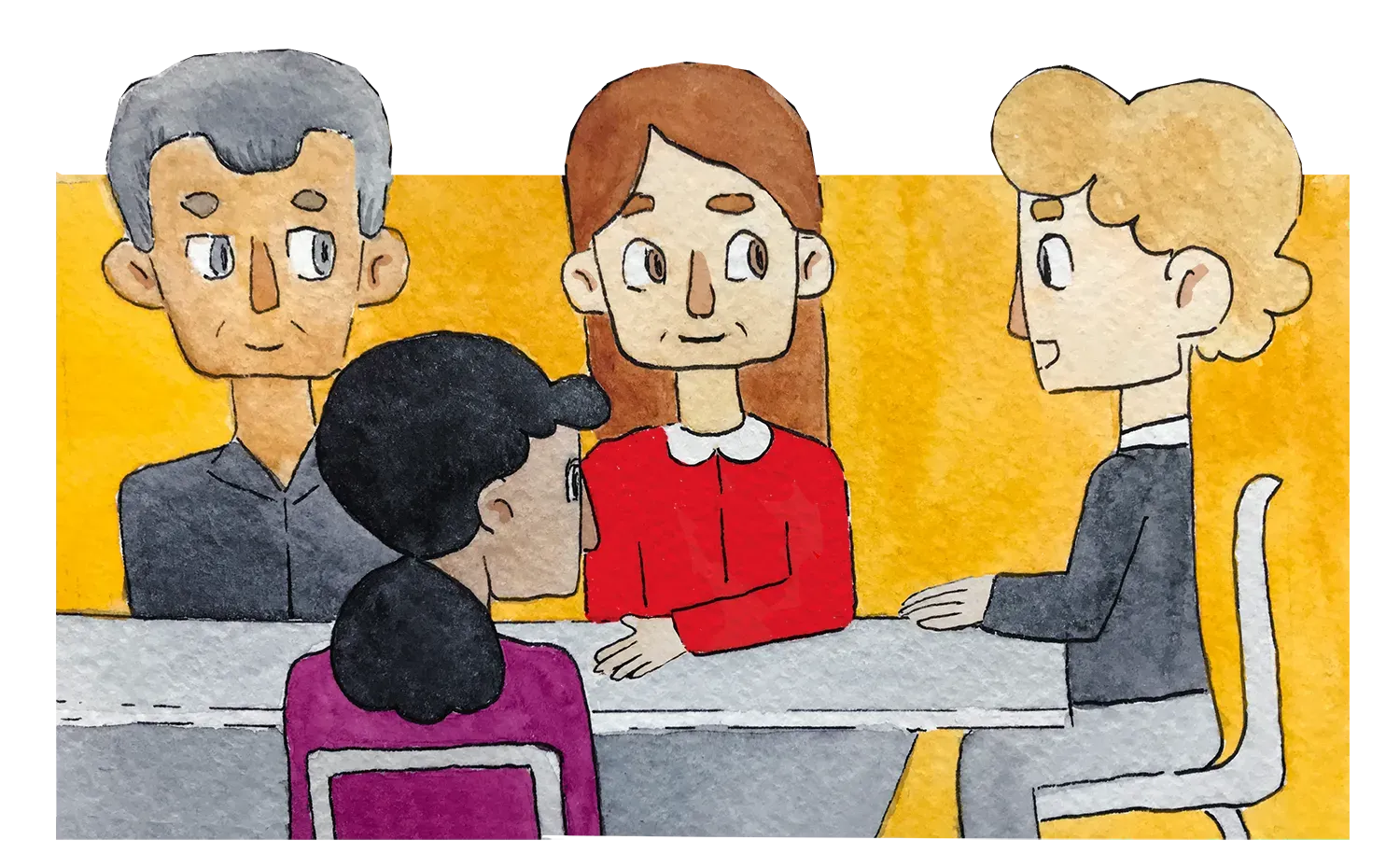The Surprising Challenge of a Short Talk: Why less time means more pressure—and how to rise to the occasion.

The world’s attention is getting shorter—especially when it comes to talks. From TED and DisruptHR to board meetings and team stand-ups, speaking formats are shrinking. Five to ten minutes is quickly becoming the new standard. And while that may sound like a relief to anyone who dreads long presentations, short talks are surprisingly difficult to get right.
In fact, we’d argue they’re harder. A lot harder.
Why short talks are uniquely challenging
The instinct most people have when faced with a shorter time slot is to simply… talk faster. But that’s exactly the wrong move. The real challenge isn’t how fast you can cram in your usual 30-minute presentation—it’s how focused you can get your thinking.
Blaise Pascal, a French mathematician and philosopher, once wrote in a letter to a friend, “Sorry my letter is so long. If I had more time, it would have been shorter.” (This quote is often misattributed to Mark Twain). Pascal was commenting on a rather important quality of communication: conciseness and clarity require more careful thought and effort than simply expounding at length.
The shorter the talk, the greater the pressure to be clear and concise. You don’t have time for meandering stories or layered nuance. You have one shot to land your message—and if that message isn’t sharply defined (and compelling!), the whole thing falls flat.
Three common pitfalls show up in short talks:
- Content overload. Speakers try to cover too much and rush through it, leaving the audience overwhelmed and underwhelmed at the same time.
- Lack of clarity. The message gets muddled because the speaker knows too much about their topic and struggles to prioritize.
- No call to action. Short talks often end with a fizzle rather than a bang because the speaker hasn’t defined what they want the audience to do next.
We’ve seen this play out again and again—and yes, we’ve been guilty of it ourselves.
What actually works
If you want your short talk to land well, preparation matters more than ever. And not just any preparation— intentional preparation focused on clarity of message and effective delivery.
Here’s where we start:
1. Use the KNOW–FEEL–DO framework.
Before building your outline or deck, answer each of these three questions with a single, crisp sentence:
- What do I want the audience to KNOW after my talk?
- What do I want them to FEEL?
- What do I want them to DO?
If you can’t answer those clearly, you’re not ready to write the talk. That framework forces clarity—and serves as a north star throughout the entire preparation process.
2. Record yourself.
With a 5-minute talk, every second counts. Repetition, filler, or weak delivery has nowhere to hide. Recording yourself (video is best, but audio only can still make a difference) is a fast and powerful way to identify what’s working and what needs trimming. You’ll spot pacing issues, awkward transitions, and moments where you lose energy—all of which are fixable with practice.
Don’t forget to build in time for your audience to respond
Stephanie recently gave a talk for DisruptHR—a format that’s as tight as it gets: 5 minutes, 20 slides, and each slide auto-advances every 15 seconds. You have zero control over your deck once you start.
Stephanie was proud of that talk. It was fun, it hit the points she wanted to hit, and it gave her a chance to practice what she preaches. But she also learned an important lesson the hard way: build in time for audience reactions. She hadn’t anticipated laughter or applause, and both ate up time. She ended up going a little long—not because she wasn’t prepared, but because she didn’t leave space for the audience to be with her.
Lesson learned.
Shorter is here to stay
Short talks aren’t going away. In fact, they’re expanding into spaces where long-form presentations used to dominate. And honestly? That’s a good thing. A 30-minute monologue isn’t always the best way to communicate—or influence.
But with this shift comes responsibility. It’s not enough to cut your slides in half and hope for the best. You need to get clear on your message. You need to know what you want the audience to walk away with. And you need to practice delivering that message with precision, presence, and polish.
Because short talks may be small in minutes—but they can still be huge in impact.
Check out Stephanie’s May 2025 delivery of The Slide Trap for DisruptHR Colorado Springs. The format is very specific:
- 5 min talk
- 20 slides that auto-advance every 15 seconds
Recent Posts





